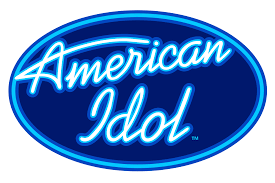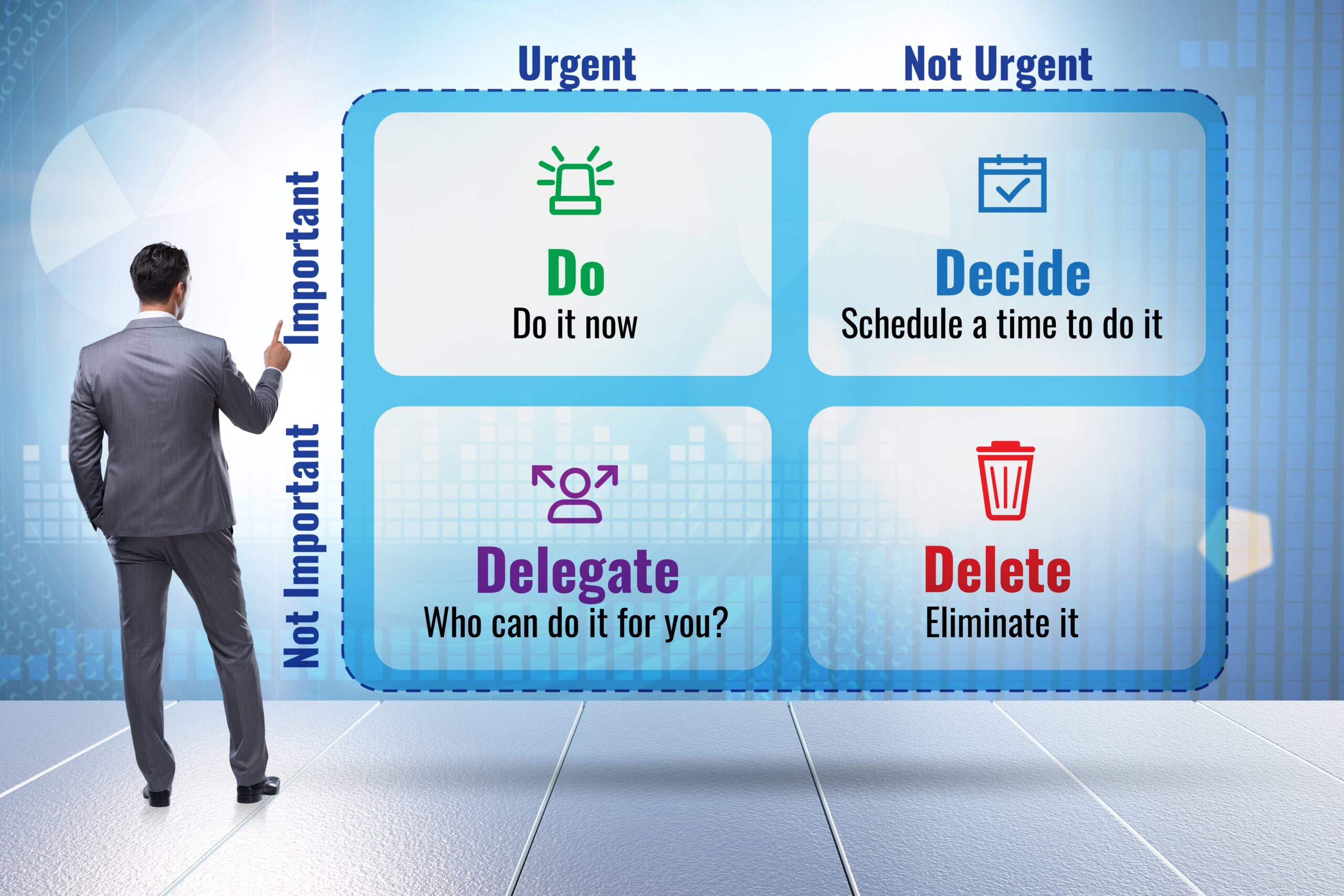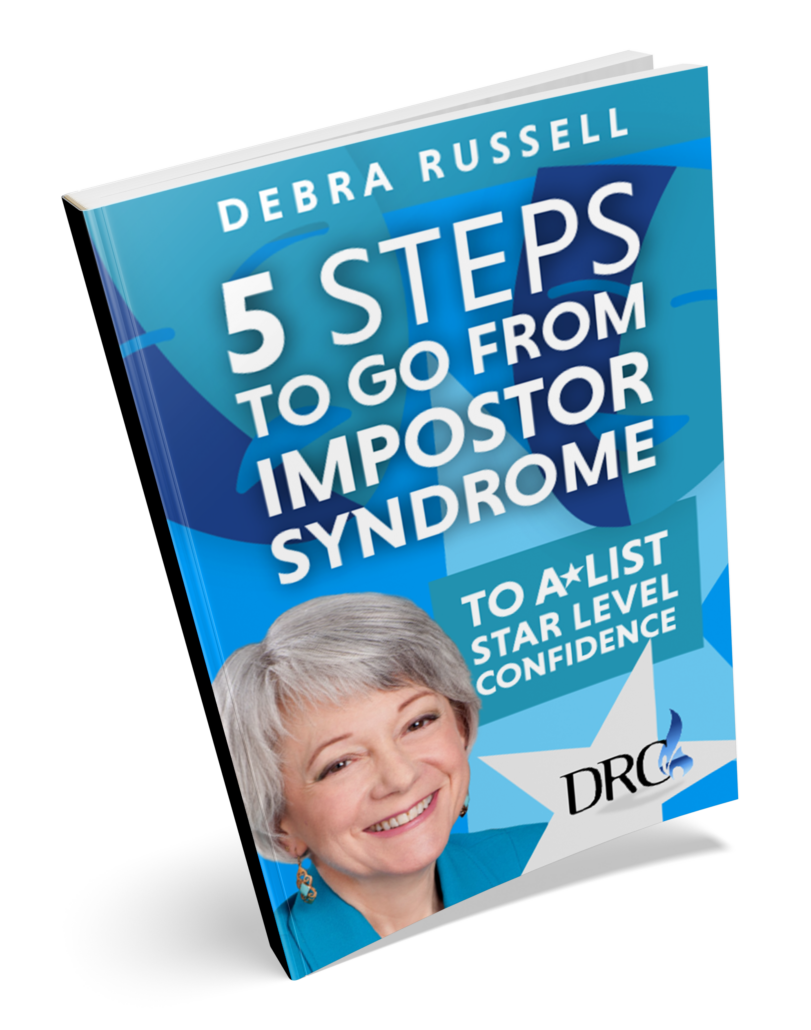The format of American Idol requires artists to create cover versions of other people’s music. This is only slightly artificial as many independent artists perform songs written by someone else. And so, the ability to take a song written by someone else and make it your own is a critical skill for your success in the music industry.
And this is certainly true across the Arts & Entertainment industry. If you’re an actor, you’re going to be speaking words, not your own. If you’re writing, even if it’s fiction – your story is probably similar to a million other stories out there – so finding a way to make yours unique is a requirement. As a visual artist, your subject matter has likely been covered by a Master, so how do you make your treatment unique?
Lesson One: Focus on a Positive Intended Outcome in all of your efforts.
Getting back to American Idol, in last week’s episode, the contestants were covering the Rolling Stones. We saw some artists do renditions of songs that were pretty close to the Rolling Stone’s version and they were showing how well they could sing that song as written. And then there were a few artists who really changed the style and arrangement of the song – which seems to be what the judges ask for, week after week.
Some of those arrangements really worked – like Siobhan‘s version of Painted Black. And some of those arrangements really didn’t work – like Tim’s version of Under My Thumb. And I have a theory about why Tim’s version didn’t work. Tim said that he decided that he couldn’t do a Stone’s song justice. This is a negative assumption. He started out from a place of failure and he could only try to do something better. This assumption, I believe, colored his whole approach to the song. So, he tried to find a way to match his limitations.
Siobhan, on the other hand, looked at the song and explored a way to both serve where she wanted to grow as an artist and what would really serve the song. She wanted to get a bit darker and more dramatic and show off her vocal range and power. And so she picked a song that was dark to begin with and created an arrangement that really allowed her to explore the dramatic depths of the song and her own instrument.
So, the difference was that Siobhan focused on a positive intended outcome. And Tim focused on doing the best he could within an assumed failure and limitation. I wonder what would have happened if Tim had looked for a song he truly connected with and explored ways to arrange the song to suit his vocal instrument. I believe that’s what Aaron did incredibly well with Angie.
Lesson Two: Learn your instrument/craft, so you can make the most of your talent
In Simon’s critique of Aaron – he said that the song, “allowed you to stay within the limits of your voice.” Now that’s not the same as Tim’s self-imposed limitations. You need to know your instrument. If you’re playing a cello, you just aren’t going to be able to hit a high C – it’s not within the range of the instrument. Your voice is also an instrument, and understanding and being able to exploit the range and quality of your instrument will allow you to use your instrument to truly serve your art.
And that’s really the point –
- It’s important to start with a positively focused context.
- Look for a way to use your instrument to both serve you as an artist and serve the art and what you want to communicate with that art.
How are you assuming failure in your approach to your music career? What would change if you assumed success? How would that change your approach to your music/art? How would that change your approach to your business?






One Response